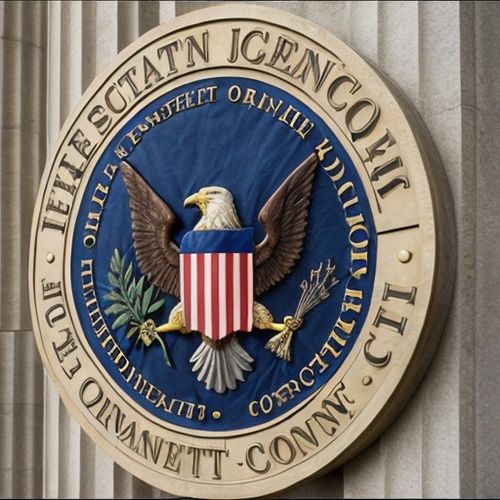The global financial landscape is undergoing a profound transformation as sustainability takes center stage. Green finance, once a niche concept, has evolved into a critical driver of economic policy and corporate strategy. Governments and regulatory bodies worldwide are rolling out ambitious incentive programs to accelerate the adoption of environmentally conscious investments, while industries scramble to align with emerging standards that redefine what it means to do business responsibly.
Policy incentives have become the backbone of green finance initiatives, with nations competing to create the most attractive frameworks for sustainable investment. The European Union's taxonomy regulation sets a precedent by establishing a classification system for environmentally sustainable activities, coupled with substantial subsidies for renewable energy projects. Across the Atlantic, the U.S. Inflation Reduction Act offers tax credits worth billions for clean energy deployment, triggering a wave of private sector commitments. These measures demonstrate how strategic policy design can mobilize capital at scale toward climate solutions.
Industry standards are emerging as the invisible architecture shaping green finance practices. The International Sustainability Standards Board (ISSB) has developed global baseline requirements that promise to bring much-needed consistency to sustainability reporting. Meanwhile, sector-specific frameworks like the Poseidon Principles for ship financing and the Climate Bonds Initiative's certification scheme provide concrete guidelines for implementation. This standardization addresses the critical challenge of greenwashing while giving investors the tools to make informed decisions.
The banking sector illustrates the tangible impact of these developments. Major financial institutions now face growing pressure to disclose climate risks and align lending portfolios with net-zero targets. Central banks have incorporated climate stress tests into their supervisory frameworks, fundamentally changing how credit risk is assessed. Commercial banks respond by developing innovative products like sustainability-linked loans, where interest rates adjust based on the borrower's environmental performance. This creates powerful economic incentives for corporate clients to improve their sustainability metrics.
Developing economies present both challenges and opportunities in the green finance revolution. While these markets often lack the sophisticated regulatory frameworks of advanced economies, they offer tremendous potential for leapfrogging to sustainable infrastructure. Blended finance mechanisms that combine public and private capital are proving particularly effective in emerging markets. The African Development Bank's green bonds and India's sovereign green bond issuance demonstrate how developing nations can access international capital for domestic sustainability projects.
Technology plays an increasingly pivotal role in enabling green finance. Blockchain applications are improving transparency in carbon credit markets, while AI-powered analytics help investors assess environmental risks with unprecedented precision. Fintech startups are disrupting traditional models with platforms that connect retail investors directly with renewable energy projects. These innovations address long-standing barriers to scaling green finance, from verification challenges to liquidity constraints in environmental markets.
The corporate sector's response to these policy and standardization efforts reveals a fundamental shift in business priorities. Once viewed as compliance exercises, sustainability practices are now recognized as drivers of operational efficiency and competitive advantage. Companies leading in environmental performance enjoy lower capital costs through green bonds and sustainability-linked loans. This economic reality accelerates the transition as laggards face higher financing costs and potential exclusion from major investment portfolios.
Looking ahead, the integration of green finance principles into mainstream financial systems appears inevitable. As climate physical risks materialize and transition risks become priced into assets, environmental considerations will no longer be optional for financial decision-makers. The challenge lies in maintaining momentum while ensuring the benefits of green finance reach all sectors and regions. With coordinated policy action and robust industry standards, finance may finally fulfill its potential as a force for environmental regeneration rather than degradation.

By Benjamin Evans/Apr 24, 2025

By Olivia Reed/Apr 24, 2025

By David Anderson/Apr 24, 2025

By David Anderson/Apr 24, 2025

By Amanda Phillips/Apr 24, 2025

By Emily Johnson/Apr 24, 2025

By Sarah Davis/Apr 24, 2025

By Jessica Lee/Apr 24, 2025

By John Smith/Apr 24, 2025

By Grace Cox/Apr 24, 2025

By Olivia Reed/Apr 24, 2025

By Lily Simpson/Apr 24, 2025

By Noah Bell/Apr 24, 2025

By Megan Clark/Apr 24, 2025

By Noah Bell/Apr 24, 2025

By George Bailey/Apr 24, 2025

By George Bailey/Apr 24, 2025

By Natalie Campbell/Apr 24, 2025

By Daniel Scott/Apr 24, 2025

By Benjamin Evans/Apr 24, 2025